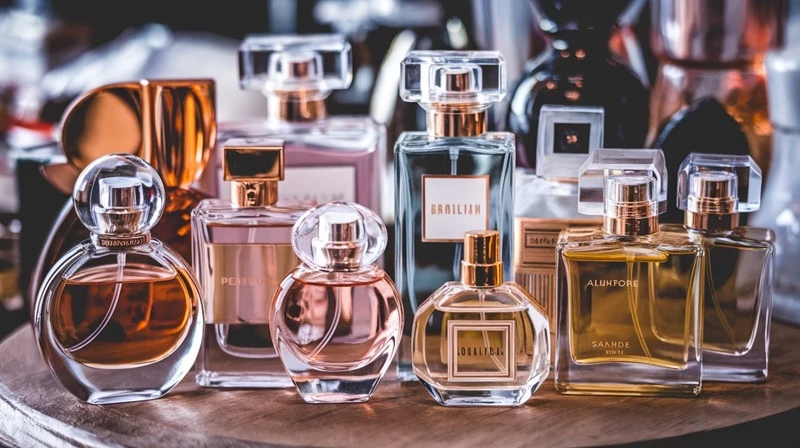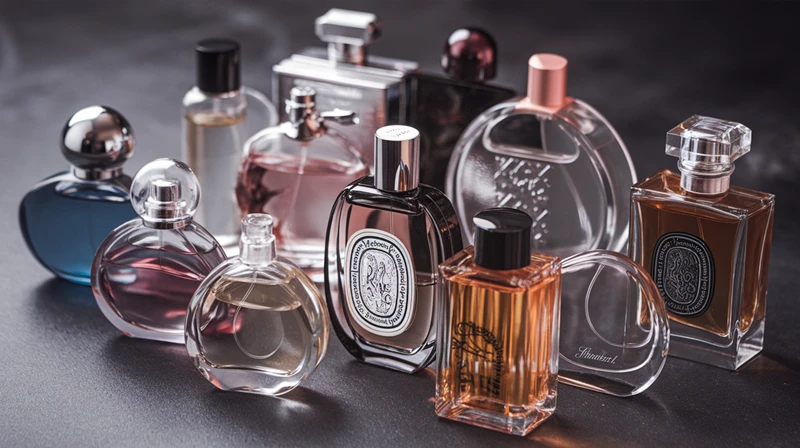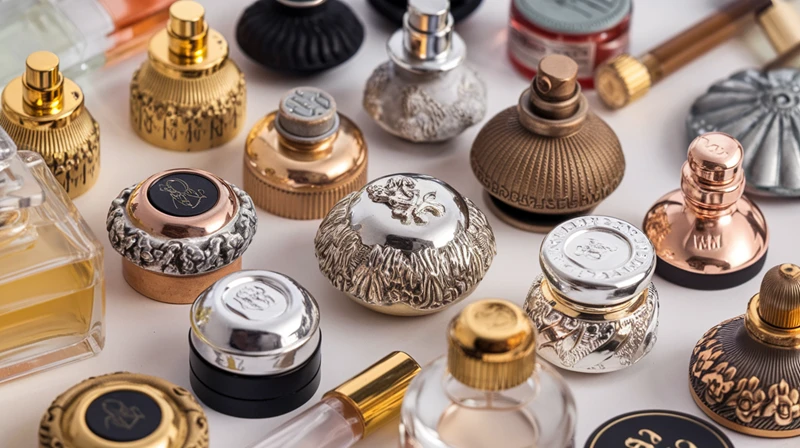How to Calculate the Number of Drops in an Essential Oil Bottle?
Whether it’s for personal care or home applications, knowing the number of drops in an essential oil bottle can improve the efficacy and safety of essential oils. This article provides an easy way to estimate the number of drops in different-sized essential oil bottles for proper use and blending of essential oils.
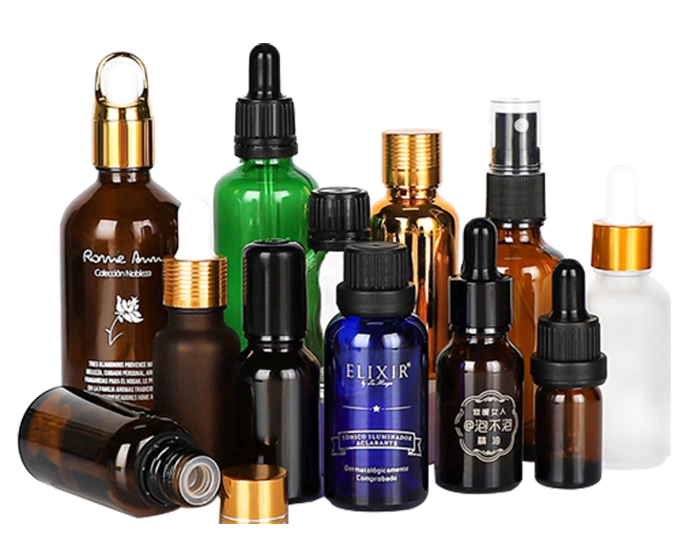
How Many Drops Are in Essential Oils Bottles?
The number of drops in an essential oil bottle depends on several factors, including the viscosity of the oil, the size and shape of the mouth of the bottle, and the design of the dropper. Typically, a 5 ml essential oil bottle has about 100 to 120 drops. This is only an estimate and the actual number of drops may vary. Here are some important details about essential oil bottle sizes and how much essential oils should be diluted.
How many drops is 5ml?
A 5ml bottle usually contains around 100 drops of essential oil. Depending on the viscosity of the oil and the design of the dropper or orifice reducer, this figure may not be accurate. Note that due to differences in surface tension, thicker essential oils may drip less than thinner ones.
How many drops in 10 ml?
A standard 10ml bottle contains approximately 200 drops of essential oil. This size is generally used by individuals for personal use and to make small batches of customized blends.
How many drops are there in 15 ml?
The 15 ml bottle usually holds about 300 drops. The larger volume provides greater flexibility for frequent use without the need for frequent refills.
Let’s say you have a 15 ml bottle containing Lemon Essential Oil. As a general estimate, 15 ml of Lemon Essential Oil will hold approximately 300 to 360 drops. This means that if you need to use Lemon Essential Oil, you can add as many drops as you want.
How many drops are there in 30ml?
A 30ml bottle contains approximately 600 drops of essential oil. It can be used for a longer period and is suitable for people who use essential oils regularly. It should be noted that the actual number of drops may vary depending on the design of the dropper or depressurization hole and the viscosity of the essential oil. Knowing the number of drops in this size will ensure that essential oils are supplied as planned and for the intended use.
Why Dropper Size and Design Matter
The size and design of the dropper play an important role in the effective dispensing of essential oils. Understanding why dropper size and design are important can help users make the right decisions when choosing and using essential oil bottles.
- Ensure accurate dispensing
The bottle is not the only factor that determines the number of drops dispensed, the size and design of the dropper also play an important role. A well-designed dropper fits properly into the neck of the bottle, ensuring that every drop of essential oil is dispensed accurately, avoiding waste and allowing for precise measurements. Conversely, poorly designed or ill-fitting droppers may result in inconsistent droplet sizes, making it difficult to accurately follow recipe or dilution guidelines.
- Ease of use
A user-friendly dropper design can enhance the overall experience of using essential oils. For example, a well-designed bulb at the top of the dropper makes it easier to control and release a drop of essential oil, especially when blending or applying essential oils directly to the skin or diffuser. Well-designed droppers are easy to use and help make the process of using essential oils more enjoyable and efficient.
- Enhanced safety measures
Well-designed droppers help in taking safety measures while handling essential oils. The dropper ensures controlled dispensing, thus reducing the risk of accidental spillage or overpouring of essential oils, which can lead to skin irritation or other safety issues. Additionally, an effective dropper design provides a secure closure that minimizes contact with air, thus reducing oxidation and maintaining the best quality of essential oils.
- Controlled Dispensing
The design of the dropper affects how easily and precisely the user can control the release of the liquid. Well-designed droppers allow for slow, controlled dispensing, which is important for applications that require precise measurements.
- Viscosity compatibility
Different liquids have different viscosities. The dropper design must be compatible with the viscosity of its intended liquid. A dropper suitable for a thin aqueous solution may not be suitable for thicker, more viscous liquids.
- Material interactions
The materials of the dropper can react differently with various liquids. For example, certain essential oils degrade the plastic over time, so glass droppers may be better suited for long-term use with these substances.
- Waste reduction
Accurate and controlled dispensing helps to minimize waste. This is not only economical but also environmentally friendly, especially when dealing with expensive or limited quantities of liquids.
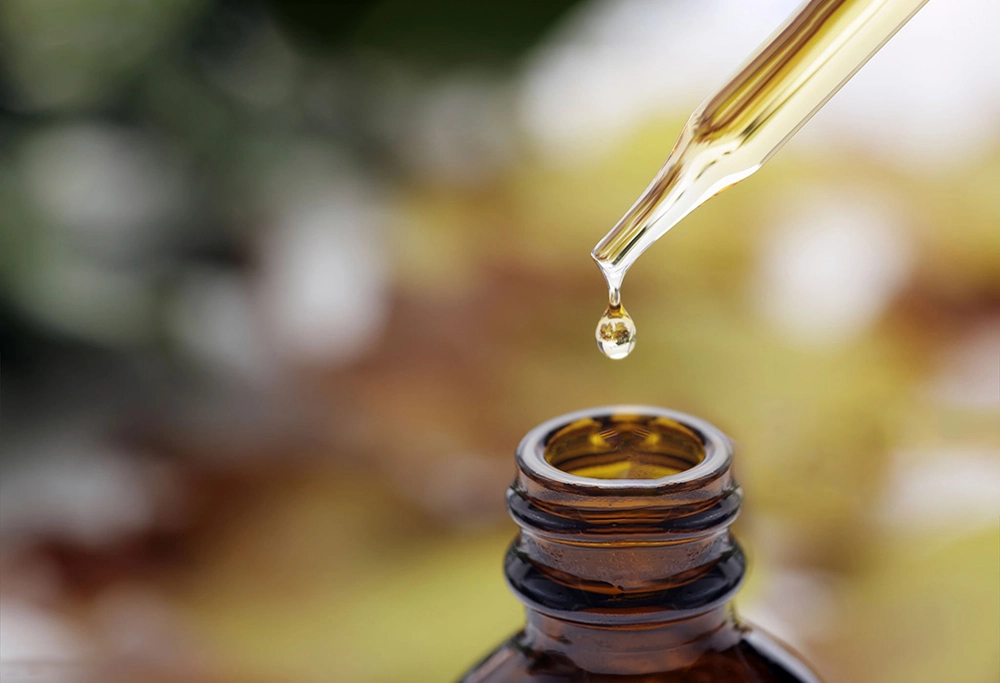
Factors Affecting the Number of Essential Oil Drops
From the viscosity that affects essential oils to the design of bottles and droppers, several variables affect the number of drops of essential oils that come out of the bottle. Understanding these factors will allow you to make the appropriate decisions for your situation when selecting, using, and measuring essential oils. Here are some of the factors that affect essential oils:
- The viscosity of the Essential Oil: Different essential oils have varying viscosities. Oils with higher viscosity (e.g., vetiver oil) tend to drip slower, and each drop may be larger, while oils with lower viscosity (e.g., peppermint oil) drip faster, with each drop being smaller.
- Size and Shape of the Dropper: The opening size and shape of the dropper affect the size of the drops formed, thereby influencing the count.
- Temperature of the Oil: Temperature directly affects the viscosity of essential oils. At higher temperatures, the viscosity decreases, making the oil drip faster and reducing the volume of each drop; conversely, at lower temperatures, the drip rate slows down, and each drop’s volume increases.
- Handling Technique: The angle of inclination, the pressure applied on the dropper, and other handling techniques can also affect the drip rate and drop count of essential oils.
- Air Pressure and Altitude: Differences in air pressure at various altitudes can influence the speed and number of drops of essential oil, especially noticeable when used in sealed containers.
Steps for Essential Oil Dilution
When it comes to using essential oils, ensuring proper dilution is essential for safety and effective application. Dilution not only helps in preventing skin irritation or sensitization but also ensures that the oils are used efficiently without wastage. Here are some practical tips for accurately measuring essential oils and a helpful essential oil calculator for everyday use.
- Use Precise Tools: Opt for fine droppers, measuring spoons, or digital scales for measuring essential oils. These tools help in controlling the exact amount of oil, avoiding overdose.
- Understand Conversion Relationships: Be familiar with common volume and weight conversion relationships, such as 1 milliliter of essential oil approximately equating to 20 drops (this varies depending on the oil’s viscosity), and conversions between milliliters, drops, and grams.
- Dilution Ratio Calculation: Master the basic calculation of dilution ratios; for example, a 1% dilution ratio means adding 1 milliliter of essential oil to 100 milliliters of carrier oil.
- Use a Dilution Calculator: Employ an online essential oil dilution calculator to quickly determine the accurate ratio of essential oil to carrier oil by inputting the desired dilution percentage and total volume.
- Keep Records: Document the types and amounts of essential oils used, as well as the effects observed, to replicate successful formulas or adjust unsuitable proportions.
- Batch Testing: For first-time blends, prepare a small batch to ensure satisfactory results and safety before making a larger quantity.
1. Conversion table for daily use of essential oils
For convenient reference in everyday usage scenarios, an essential oil calculator can be a valuable tool to simplify dilution calculations and ensure accurate measurements:
| Essential Oil Quantity (in ml) | Carrier Oil Quantity (in ml) | Dilution Ratio |
| 1 | 9 | 1% |
| 2 | 8 | 2% |
| 3 | 7 | 3% |
| 4 | 6 | 4% |
| 5 | 5 | 5% |
This conversion chart provides a quick reference guide for achieving various dilution ratios based on different quantities of essential oils and carrier oils used in formulations such as massage blends, skin care products, or aromatherapy preparations.
Conclusion
The size of the essential oil bottle and the number of drops are essential for accurate use and dilution of essential oils, ensuring safety and efficacy. The size and design of the dropper play an important role in accurate dispensing. Factors such as viscosity and storage conditions can also affect the number of drops. Understanding the relationship between bottle size and number of drops ensures accurate application and proper dilution, which in turn improves the safety and efficacy of essential oil use.
FAQs
- How long does 10ml essential oil last?
The life span of a 10ml bottle of essential oil is determined by how often and how it is used. For example, when used in a diffuser, 3-5 drops at a time will last over a month if used daily. For topical use, dilution with a 2% carrier oil will last even longer. There are other uses, such as homemade cleansing products or skin care products, where the frequency of use will vary. Generally, 10 ml of essential oil will last for several months when used regularly and in moderation.
- How much is 30 drops of essential oil?
The price of essential oils is affected by several factors such as type, brand, purity, and where you buy them, so the cost of 30 drops (about 1.5 mL) of essential oil can vary widely. For example, the lavender essential oil may cost between $5 and $15, which can be higher due to the brand and whether it’s organic, or the complexity of the extraction process, and less expensive in the case of common purchases. For the most accurate pricing information, it’s best to check the retailer or official website of a particular essential oil or brand directly.
- Are essential oils safe to use every day?
In general, essential oils are safe for daily use as long as certain safety guidelines are followed. For example, essential oils should be properly diluted to avoid skin irritation; certain oils that increase sensitivity to sunlight should be avoided; taking essential oils internally is not recommended; and special care should be taken when using essential oils on children and pregnant women. In addition, you should be tested for allergic reactions before use, and if you have health concerns, you should also seek professional advice to ensure the safety of using essential oils daily.
Let's build your project!
Contact us for comprehensive information on perfume bottle production and pricing:
- Elegance and Durability
- Preservation of Fragrance
- Sustainability
- Tailored Design
- Quality Assurance
- Efficient Service
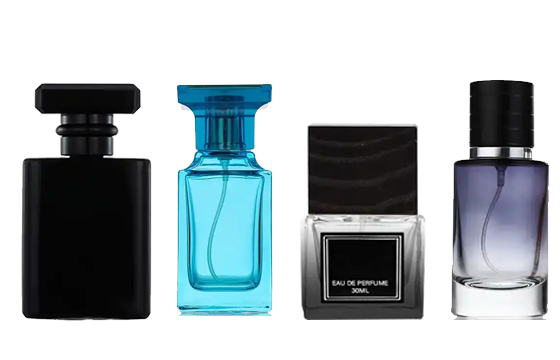

FREE SAMPLE







